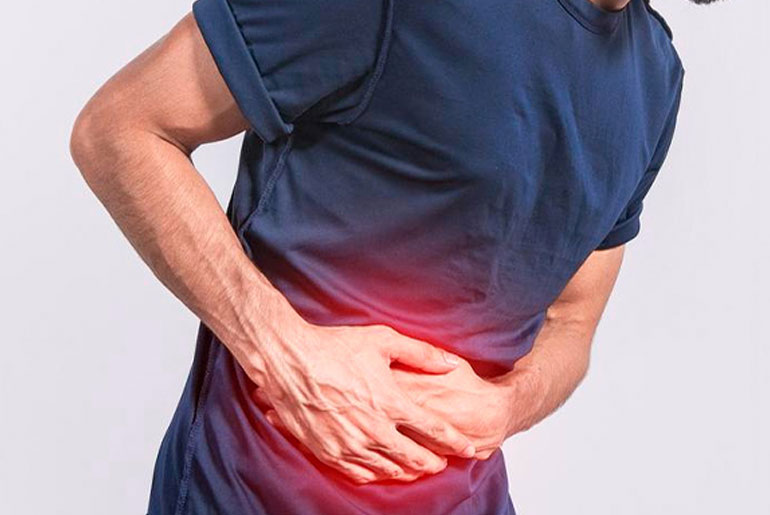A hernia can escalate quickly from mild discomfort to a potentially life-threatening condition, signaling distress from within the abdomen. It may result from factors such as an enlarged prostate, obesity, fluid buildup in the abdomen, heavy lifting, chronic coughing, straining during urination, constipation, or excessive physical exertion. Certain risk factors increase susceptibility to hernias, including old age, smoking, pregnancy, low birth weight, and chronic constipation. Early recognition and timely medical attention are crucial to prevent serious complications.
1. Laparoscopic Hernia Repair
Technique:
Minimally invasive surgery using a laparoscope—a thin tube with a camera—inserted through small sub-centimeter incisions. The abdomen is inflated with carbon dioxide to provide better visibility. Specialized instruments are used to repair the hernia, often with a synthetic mesh to reinforce the weak spot.
Advantages:
- Shorter hospital stay
- Less post-operative scarring
- Faster healing time
- Lower chance of recurrence
2. Robotic Hernia Surgery
Technique:
A more advanced form of laparoscopic surgery where the surgeon uses robotic arms for enhanced precision and control. Especially useful in complex hernia cases due to better visualization and dexterity.
Benefits:
- Faster return to regular activities
- Less risk of complications
- Reduced tissue trauma
- Enhanced accuracy with 3D imaging
3. Extended Totally Extraperitoneal (eTEP) Repair
Technique:
A specialized laparoscopic method ideal for complex and ventral hernias. It avoids entering the peritoneal cavity, which reduces internal complications. It allows for a broader view and better mesh placement without affecting internal organs.
Advantages:
- Decreased adhesion formation
- Safer for patients with previous abdominal surgeries
- Superior mesh coverage
- Reduced risk of intestinal injury
4. Transversus Abdominis Release (TAR) Approach
Technique:
Used for severe, large, or recurring ventral hernias. Involves releasing the transversus abdominis muscle to allow a tension-free insertion of a large mesh, which strengthens the abdominal wall.
Key Benefits:
- Long-term durability and strength of repair
- Effective for severe abdominal wall defects
- Helps distribute tension evenly
- Low recurrence rates
5. Abdominal Wall Reconstruction (AWR)
Technique:
A comprehensive surgical solution for complicated or recurrent hernias. Involves the use of mesh reinforcement, muscle release techniques like TAR, and meticulous closure of the abdominal wall.
Highlights:
- Enables functional and aesthetic improvement
- Often paired with robotic or laparoscopic methods
- Designed for large, complex, or post-operative hernias
- Offers tension-free repair using component separation methods
6. Enhanced Open Surgery Techniques
Technique:
Still necessary for some large or complex hernias where minimally invasive methods aren’t suitable. Incorporates modern innovations like improved mesh materials and better closure strategies.
Improvements:
- Tension-free mesh placement
- Advanced wound closure to minimize pain
- Reduces post-op complications and recurrence
Post-Operative Care and Recovery
- Taking prescribed pain medication as directed
- Keeping the surgical site clean and adhering to wound care protocols
- Avoiding heavy physical activities for at least 3 months
- Engaging in light movement early on to prevent complications like blood clots
Future Innovations in Hernia Surgery
Ongoing research is enhancing hernia treatment through:
- Bioengineered mesh for better integration and lower rejection risk
- AI-assisted surgical planning for more precise operations
- Continued development of minimally invasive and robotic techniques for safer, faster recovery
Disclaimer:
The information contained in this article is for educational and informational purposes only and is not intended as a health advice. We would ask you to consult a qualified professional or medical expert to gain additional knowledge before you choose to consume any product or perform any exercise.







